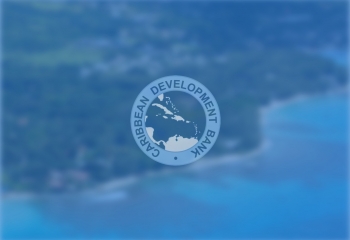CDB approves funding to improve disaster resilience in health, education in Antigua and Barbuda
The Caribbean Development Bank (CDB) has announced funding to improve disaster resilience in Antigua and Barbuda’s health and education sectors. The Bank’s Board of Directors has approved a project that will provide and install solar photovoltaic (PV) systems for up to 13 rural schools and clinics, which provide shelter and make rescue and medical care possible in the event of a disaster.
“We know that renewable energy technologies such as solar PV systems can be valuable not only to everyday operations in health and education but also to communities during and after disasters. Against the backdrop of the devastating impact of Hurricane Irma on Antigua and Barbuda, this project emerges as pivotal to building community resilience and ensuring continuity in the provision of essential community services in the event of power interruption during a natural hazard event,” said Daniel Best, Director, Projects Department, CDB.
Preliminary assessment of all schools and health facilities around the island determined which would be selected for the installation of the solar PV systems. Priority has been given to those that provide services to the most vulnerable groups, communities, the poor, women and children.
The project supports the Government of Antigua and Barbuda’s to reduce the disaster vulnerability of its public infrastructure with a shift from emergency response and recovery to risk reduction and mitigation. Such a shift can be far less costly than disaster relief and response.
Funding for the project is being provided through the Sustainable Energy Facility programme for the Eastern Caribbean, which is supported by the Inter-American Development Bank (IDB); Global Environment Facility Trust Fund; and Clean Technology Fund, with CDB as the executing agency. The Government of Antigua and Barbuda will provide counterpart funding.
In addition to building resilience to climate change impacts, the project is expected to reduce the country’s use of fossil fuels and assist with the achievement of its Climate Vulnerability and Change targets. It will support the Government plans to generate 15 percent of its energy needs from renewable sources by 2030 and is expected to provide savings in fuel consumption average USD32,400 annually. A reduction in carbon dioxide emissions of 212 tonnes yearly is expected over the 20-year life of the project. In addition, the project will demonstrate the effectiveness of distributed PV systems that can then be replicated at other facilities.
The investment is in keeping with CDB’s 2015-2019 Strategic Plan, which targets renewable energy technologies to assist the Bank’s Borrowing Member Countries in reducing their carbon footprint and improving their energy security.

